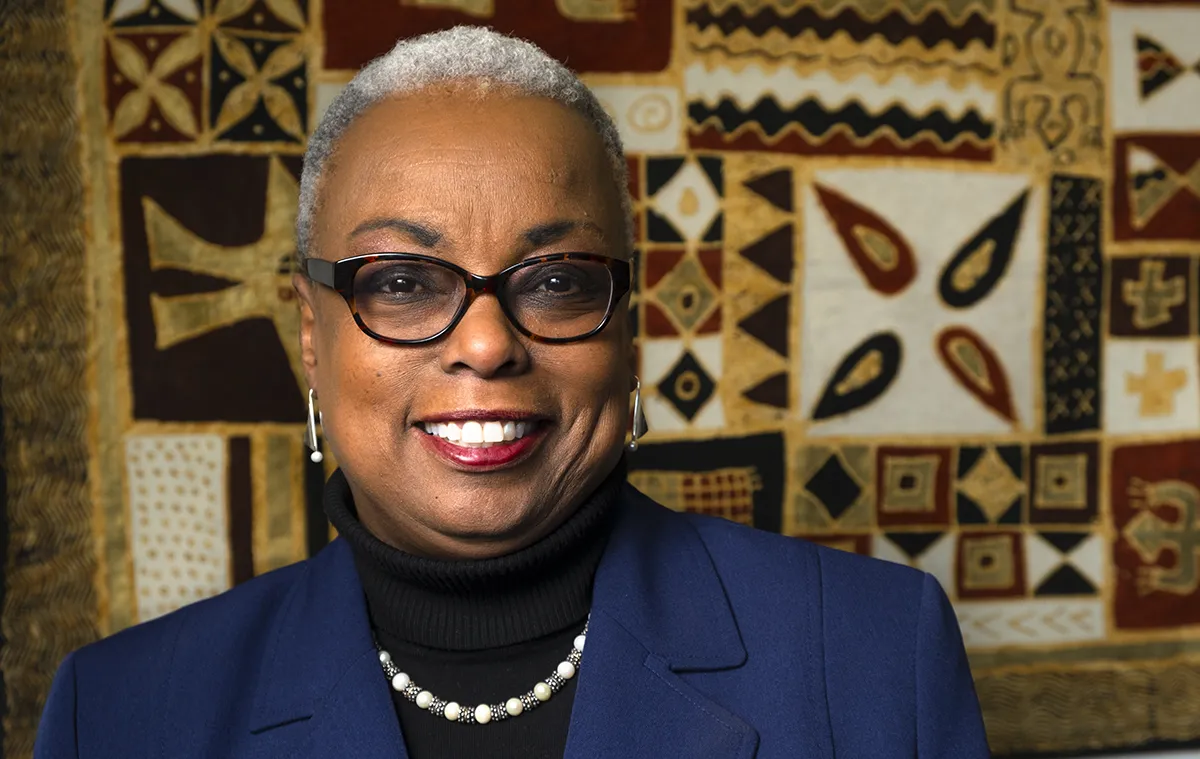La Jerne Terry Cornish, PhD, is provost and senior vice president for academic affairs at Ithaca College. She came to IC in 2018 from Goucher College in Baltimore, Maryland, where she taught and served in administrative capacities for 20 years.
When I attended Goucher, I was one of nine Black students in my class. I never had a Black professor. I began teaching there and, in the fall of 1998, when I started, I was the only African American female on the faculty. The reason that I went into academia was because I never had anybody who looked like me in the classroom, and I thought it was so important for students of color to see themselves reflected in the front of the room.
One of the goals for Ithaca in our strategic plan is for us to become a national model for colleges committed to the values of diversity, equity, and inclusion. We created a new diversity, equity, and inclusion statement as a result of the strategic planning process. We also stated it as one of our five core values: academic excellence, respect and accountability, innovation, sustainability, and equity. So, we are saying that this is who we are; this is what we are committed to. Now we have to translate the words into action. What does that mean? What does that look like?
[In December] I invited the campus community to join me in a slow read of Ibram X. Kendi’s "How to Be an Antiracist." Little did I know when I invited the campus to participate in this what this book would become. My office purchased 1,000 books and made them available to anybody in the campus community who wanted a book.
